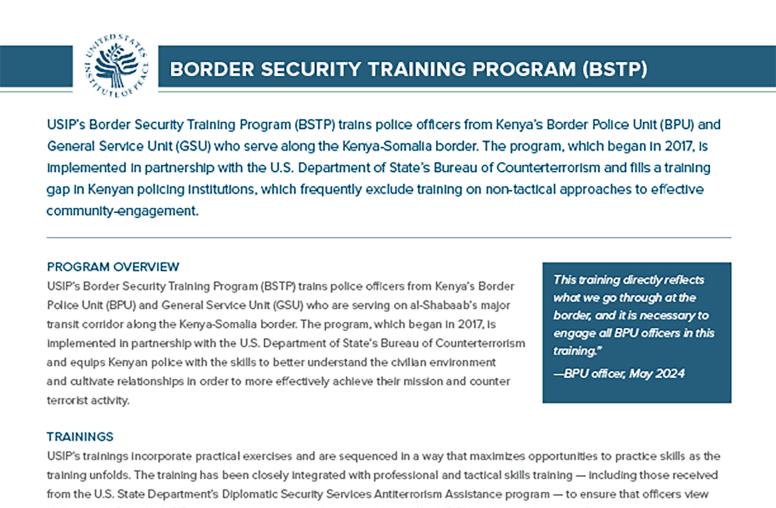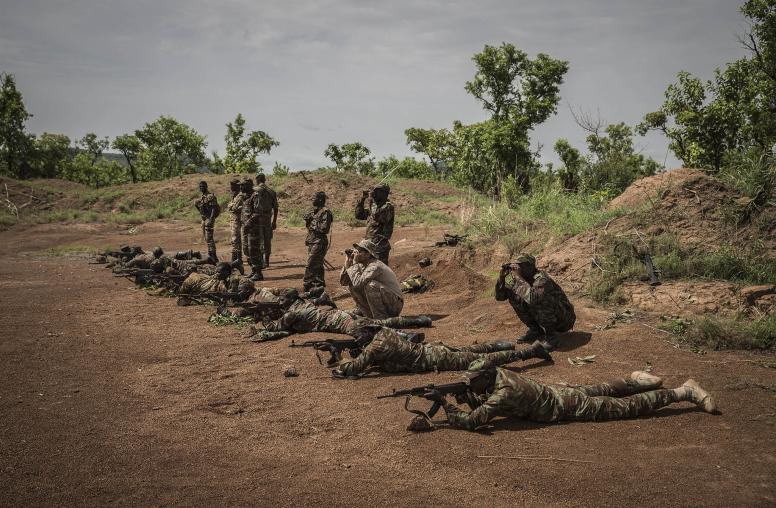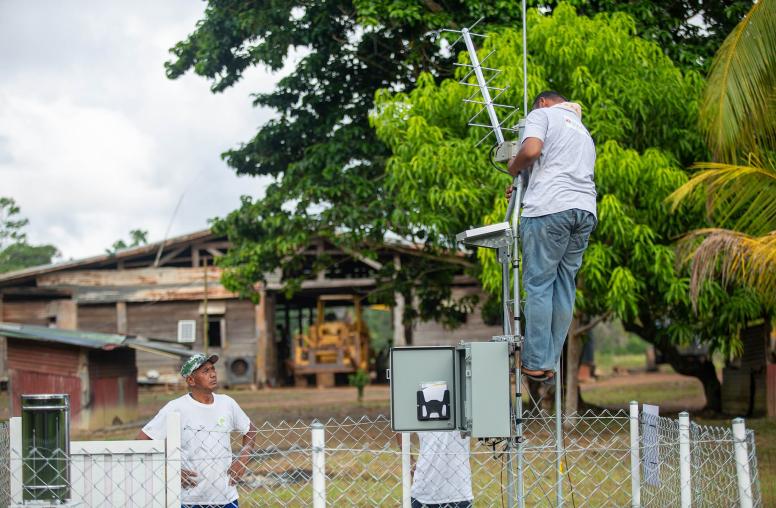What makes a young man or woman vulnerable to joining a violent extremist group? In the same way that a malnourished, exhausted, neglected, or traumatized body is more susceptible to disease or infection, a person who lacks resources, opportunity, and support is more vulnerable to engaging in violent extremism.

[About this series: The role of women in countering and preventing violent extremism is getting increasing attention worldwide, but a coherent international framework is still needed. To encourage this conversation and process, USIP is launching a guide, “Charting a New Course,” containing essays and exercises to help practitioners discuss the role of gender in countering violent extremism. Copies were distributed at a March 6 discussion, Women Preventing Violent Extremism: Charting a New Course, and the guide will be available online at a later date. The related projects, Women Preventing Extremist Violence (WPEV) and the Sisters Against Violent Extremism Mother Schools (SAVE), have been funded by the U.S. Department of State. Three of the essays in “Charting a New Course” were contributed by USIP experts Alison Milofsky, Georgia Holmer and Nancy Payne and appear here on The Olive Branch this week.]
Community engagement in countering violent extremism (CVE) can be understood as an effort by civil society to inoculate youth from violent extremism, by building their resilience and strengthening their ability to reject or resist the influence and recruitment efforts of terrorist groups.
Radicalization, or the process by which an individual becomes involved in violent extremism, is often best explained through an exploration of the unique set of push and pull factors that influence trajectories to terrorist violence. Pull factors include the messages, relationships, and recruitment campaigns that lure individuals into participation in extremist activities. Push factors are what make an individual vulnerable or open to the “pull,” and might include the absence of a support network of friends and family, or a lack of resources or opportunities to thrive, work, and have a family. Push factors can also include a shortage of self-confidence to face adversity or limited knowledge, skills, and practice in making good judgments. Other factors include unhealed trauma and exposure to cycles or generations of violence. Another key vulnerability is the absence of a perceived connection or belonging to a group – a sense of identity that embeds an individual within a community.
A focus on the push factors
With this push-pull framework in mind, a natural division of practice emerges in CVE strategy. Community or civil society responses, more logically and organically, address the push factors. State and security actors are better positioned, and are trained and equipped to manage the risks associated with, directly challenging, pursuing and apprehending violent extremists and counter their recruitment efforts. Community engagement efforts have the most impact when focused on prevention: equipping those who are vulnerable to recruitment with the skills and knowledge and opportunities needed to be resilient. A community-led CVE program might, for example, work to create a stronger sense of social cohesion and identity, help resolve community-level disagreement and grievances, or promote a deeper understanding and awareness of the dynamics of radicalization.
The creation of non-securitized spaces
Violent extremists justify and enable violence and brutality, and are, by definition, completely intolerant of other ideologies and ways of being. They are also extreme in their unwillingness to compromise. Working to contradict and counter these actors is extremely dangerous. For such efforts to succeed, community-level efforts should be allowed a safe and neutral space in which to help prevent violent extremism apart from the work of security services and protected from direct confrontation and engagement with violent actors. In places with unreformed security services, it may be dangerous or counterproductive to collaborate with police in identifying groups of individuals who are at risk of radicalization or pose a security threat. CVE programs that focus on building capacity of civil society actors can only be truly effective if undertaken in a way that ensures the safety and non-instrumentalization of these individuals.
The importance of women
A community that promotes tolerance and inclusivity, and reflects norms of gender equality, is stronger and less vulnerable to violent extremism. Not only do women’s participation in a community – formally or informally – strengthen its fabric, women themselves are among the most powerful voices of prevention in their homes, schools, and communities. Women as mothers, caretakers, partners, teachers, andfaith leaders – can, uniquely, help build the social cohesion, sense of belonging, and self-esteem that youth might need to resist the appeal of a violent group. Community engagement in CVE requires the participation of women to be successful.



